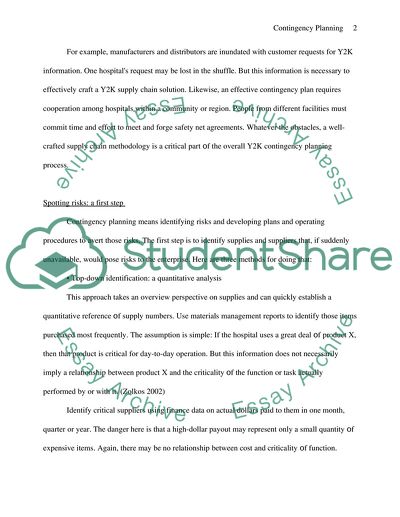Cite this document
(“Performance Failure: Contingency Planning Essay”, n.d.)
Performance Failure: Contingency Planning Essay. Retrieved from https://studentshare.org/miscellaneous/1544787-performance-failure-contingency-planning
Performance Failure: Contingency Planning Essay. Retrieved from https://studentshare.org/miscellaneous/1544787-performance-failure-contingency-planning
(Performance Failure: Contingency Planning Essay)
Performance Failure: Contingency Planning Essay. https://studentshare.org/miscellaneous/1544787-performance-failure-contingency-planning.
Performance Failure: Contingency Planning Essay. https://studentshare.org/miscellaneous/1544787-performance-failure-contingency-planning.
“Performance Failure: Contingency Planning Essay”, n.d. https://studentshare.org/miscellaneous/1544787-performance-failure-contingency-planning.


